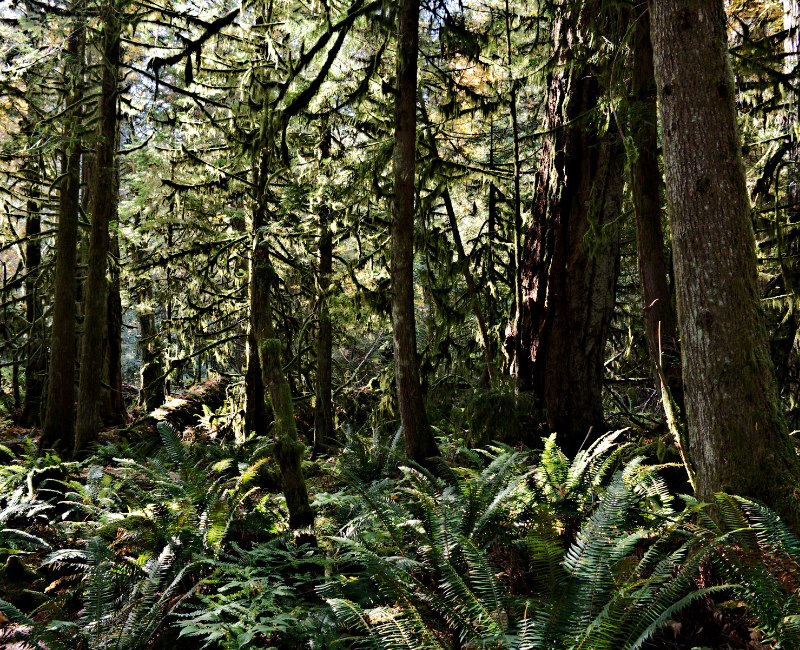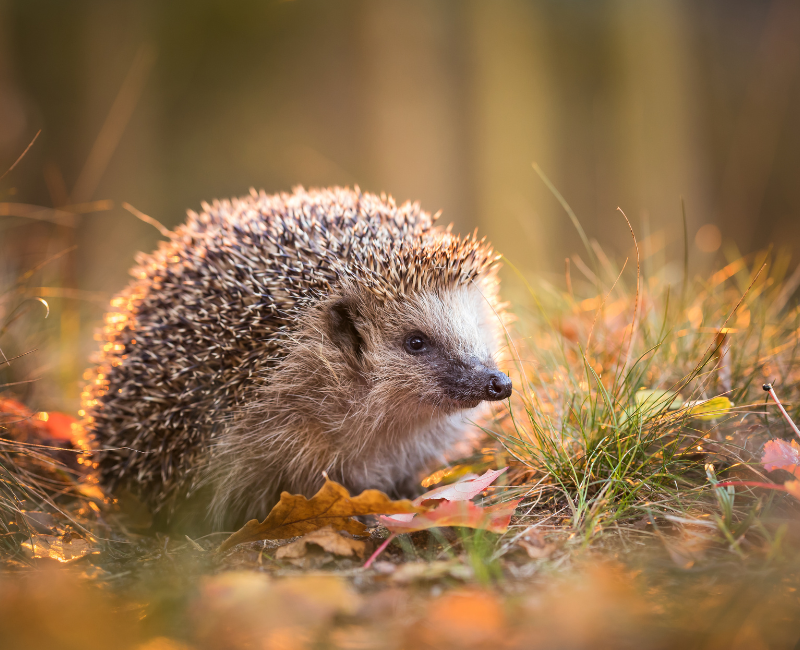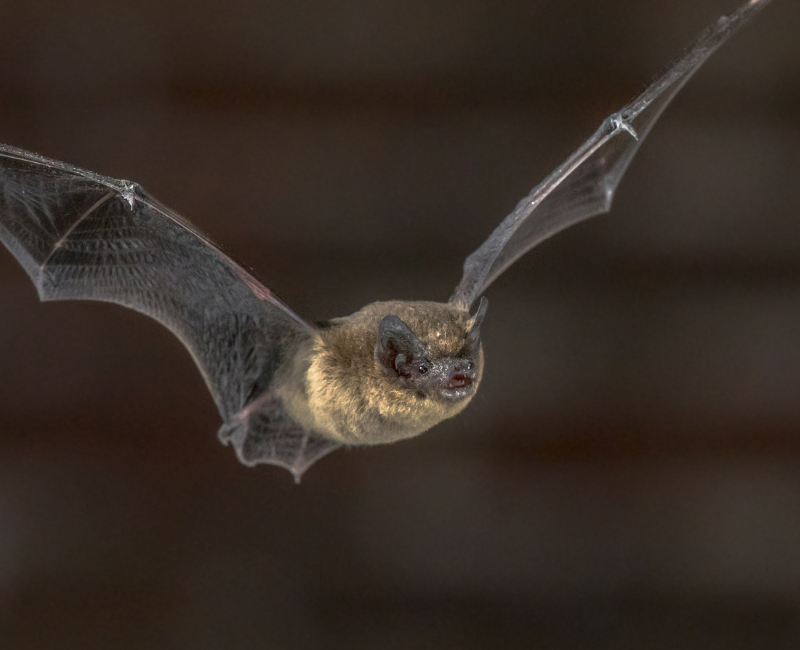What is a Sustainable Forest?
The Ministerial Conference on the Protection of Forests in Europe defines Sustainable Forest Management as:
‘The stewardship and use of forests and forest lands in a way, and at a rate, that maintains their biodiversity, productivity, regeneration capacity, vitality and their potential to fulfil, now and in the future, relevant ecological, economic and social functions, at local, national, and global levels, and that does not cause damage to other ecosystems.’

Sustainable forest management (SFM) is the management of forests according to the principles of sustainable development. The goal of sustainable forestry is to allow for a balance to be found between ethical forestry and maintaining biodiversity through the means of maintaining natural patterns of disturbance and regeneration. Successfully achieving sustainable forest management will provide integrated benefits to all, ranging from safeguarding local livelihoods to protecting biodiversity and ecosystems provided by forests.
Great Britain and the Forestry Commission
The Forestry Commission is a non-ministerial government department responsible for the management of publicly owned forests and the regulation of both public and private forestry in England.
The Forestry Commission was established in 1919 to expand Britain’s forests and woodland, which had been severely depleted during the First World War. The Commission bought large amounts of agricultural land on behalf of the state, eventually becoming the largest manager of land in Britain. Protecting and improving biodiversity across England’s forests are also part of the Forestry Commission’s remit.

What is biodiversity?
Biodiversity is the term used to describe the variety of plant and animal life in the world or in a particular habitat, a high level of which is usually considered to be important and desirable.
Biodiversity in forests
Studies show that Britain’s two native oak species support a massive 2,300 species of mammals, birds, invertebrates, fungi and mosses. Of these, 326 species have become highly specialised to rely solely on oak, including moths such as the dark-crimson underwing (Catocala sponsa). (Source: Biodiversity: why native woods are important – Woodland Trust).
The Forestry Commission has been gradually improving the value of its woodlands for wildlife. For example, many years ago, large blocks of conifer were planted and were beneficial to species such as Eurasian Siskin, Goldcrest, Red Crossbill, most members of the tit family, Long-eared owl, European Nightjar, Roe deer, Pine marten and Polecat.

However, a recent article from The Guardian reveals:
Almost half of Britain’s natural biodiversity has disappeared over the centuries, with farming and urban spread triggered by the industrial and agricultural revolutions being blamed as major factors for this loss. (Source: The Guardian 10 October 2021).
Below are lists of the most and least biodiverse areas of Great Britain, in terms of the number of species of mammals, birds, fish, plants, and more:
Top 10 most biodiverse areas:
1. Highland – 16,273
2. Gwynedd – 14,221
3. Shropshire – 13,218
4. Powys – 12,671
5. Pembrokeshire – 11,495
6. Swansea – 11,375
7. Breckland – 11,023
8. Herefordshire – 10,927
9. New Forest – 10,912
10.East Cambridgeshire – 10,823
The 10 least biodiverse areas:
1. City of London – 159
2. Islington – 333
3. Tower Hamlets – 452
4. Middlesbrough – 542
5. Hammersmith and Fulham – 562
6. Newham – 595
7. Brent – 617
8. Kingston upon Hull – 640
9. Slough – 664
10.Harlow – 685
(Source: Mapped: the most biodiverse areas in Great Britain (responsesource.com)).

Biodiversity at home – what you can do to help
There is quite a lot you can do to encourage wildlife and protect biodiversity – even if you don’t have a garden!
- Plant a variety of trees and shrubs – provides food and shelter for wildlife. Fruit trees in particular can be beneficial, as well as larger trees.
- Meadow: If you have a garden, allow a small area to grow ‘wild’, or leave a patch of fallen leaves. Insects, birds and small mammals will benefit from the cover and native plants. Choose plants and flowers with a long pollen season. Allow a patch of grass to grow longer. Scatter meadow flower seeds.
- Birds: Put up a bird feeder, or nest box. Some birds will come to a feeder on a balcony, so you don’t even need a garden. If you have a garden or even a back yard, add a bird bath.
- Bats: build bat boxes and place on trees. Plant night-blooming flowers such as night scented stock and evening primrose.
- Create homes: Put a bat box or hedgehog house in your garden. If you have less room, install a bug hotel for insects to use over winter. Bats and hedgehogs are now listed as an endangered species.
- Attract bees & butterflies: Try and include more native plant species, particularly those that attract bees, butterflies and other pollinating insects to your garden. If you don’t have a garden, do you have space for a window box, or hanging basket? You can be quite creative in encouraging biodiversity.
- Chemicals: If you really must use pesticides or herbicides, try organic treatments in preference for chemical ones. Many gardeners spray weeds with a washing-up liquid solution (e.g. washing up liquid, white vinegar and salt). You can also introduce predatory insects such as ladybirds to keep aphids at bay.
- Water: If you have space in your garden, adding a small pond will attract vast numbers of creatures. If you have less space, sinking an old washing-up bowl is a great alternative.
- Logs & wood: If you can, leave a small pile of logs. Many creatures, like stag beetles, are dependent on rotting wood, but it is often removed.
- Compost your garden waste: This encourages species such as woodlice, worms, toads and grass snakes.
Biodiversity is key for so many life processes on Earth. Without a wide range of animals, plants and microorganisms, our ecosystems will suffer. The good thing is, that with just a little effort, we can all do a bit to help!

Back to blogs